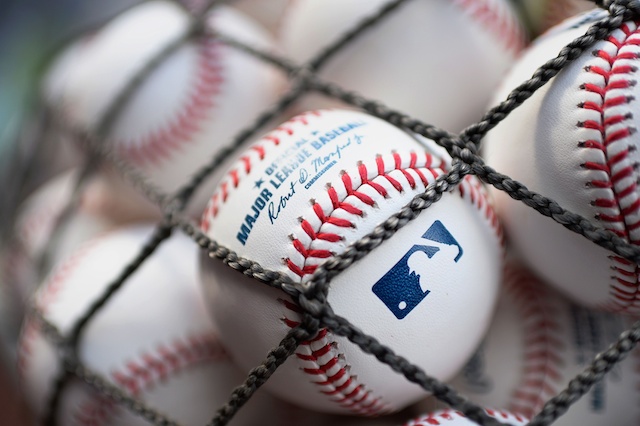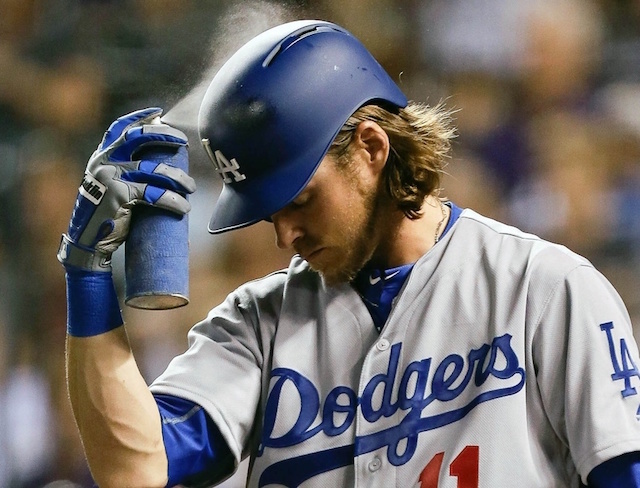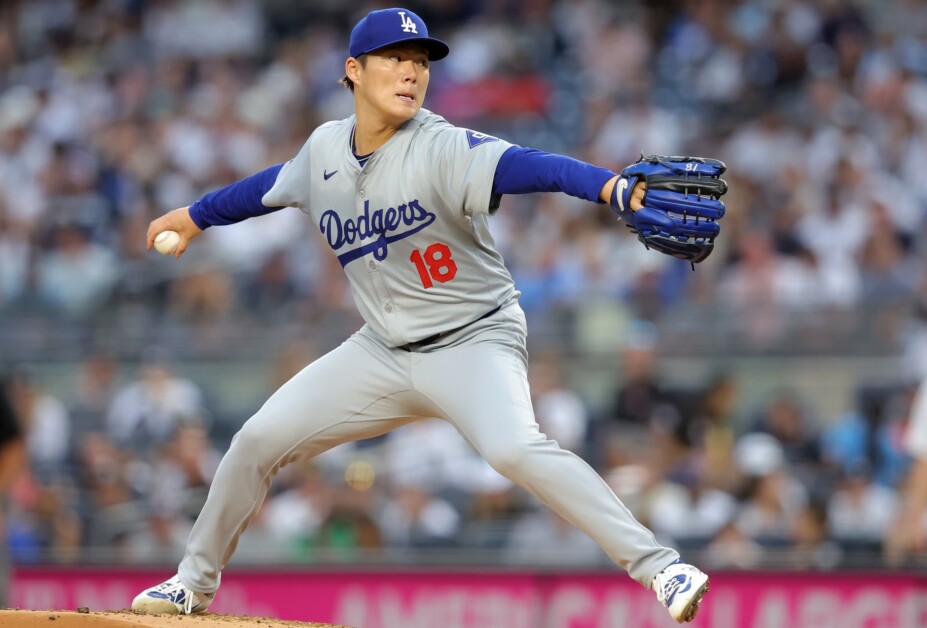
Now, onto this year’s draft and how the Dodgers could make the most of their bonus pool. For those of you who aren’t familiar with draft bonus pools, here’s a short rundown: every pick in the first 10 rounds is assigned a monetary value.
The total value of every team’s picks in those 10 rounds constitutes the amount they can spend without incurring penalties. Teams that spend up to 5 percent over the pool are taxed 75 percent on the overage; 5-10 percent over the pool results in a 75 percent tax on the overage, as well as the loss of the team’s first round pick (or highest pick) in the next draft.
If a team exceeds its limits by 10-15 percent, there’s a 100% tax on the overage, as well as losing the next year’s first and second rounders or top two picks; more than 15 percent is 100 percent on the overages and the loss of the team’s first round (or highest) pick in the next two drafts.
Two factors are immediately worth noting: first, teams generally go 5 percent over the threshold because a 75 percent tax on the overage isn’t a significant deterrent. Second, players taken outside the top 10 rounds can sign for up to $100,000 with no penalty.
That means the Dodgers, who have a bonus pool of $9,336,500 this year, the highest figure since the new system was implemented in 2012, can actually spend $9,803,325, along with signing as many post-10th round picks for up to $100,000 as they want, without losing a draft pick.
All told, the Dodgers’ draft bill could exceed $10 million after taxes. So how does a franchise that has spent like Scrooge McDuck on international free agents during the current signing period maximize their return on draft day?
CONTINUE READING: Take the best player available? That’s subjective







